So you've run a 5K or maybe even a 10K, and now you're ready to leap to half-marathon status. But preparing for a half-marathon requires more than endurance training; it's also about avoiding all the things that could trip you up.
First-time half marathoners should avoid mistakes in completing the proper training and wearing the right gear. In other words, finding the best running socks is as important as increasing their speed and endurance.
Here are ten (10) mistakes to avoid if you're a first-time half marathoner.
10 Mistakes to Avoid as a First-Time Half Marathoner
Consider the following make-or-break factors for a successful first half marathon (read: you want to finish the race).
Running a Half Marathon as Your First-Ever Race
We highly recommend signing up for a few shorter races to prepare for the real deal. Participating in events like 5Ks, 10Ks, or relay races is a great way to increase your distance and pace gradually. These shorter races not only help you build endurance but also allow you to experience key running milestones along the way. Plus, they help you get comfortable with the racing environment, from handling starting line nerves to mastering pacing strategies and hydration stops — all before tackling the entire 13.1 miles.
Not Researching the Race Ahead of Time
There are so many different races out there to choose from. Some promise exciting terrain, while others are geared toward a particular charity or cause. Once you've chosen a race that fits your personality, we recommend visiting the location before race day. Practicing the course a few times would also be beneficial. You'll also want to become familiar with water stops and bathroom facilities beforehand.
Not Taking Adequate Rest Days During Prep
Incorporating rest into your training routine is vital to boost your performance and avoid injury. It is also advisable to include some physical activity during your rest days. Swimming, cycling, and yoga are great options because they allow for active recovery. Ask a personal trainer or sports physical therapist to help you design an excellent cross-training plan to help you balance your strength conditioning, active recovery, and rest alongside your cardio training.
Going It Alone
Marathon training groups offer the perfect solution if you need extra motivation to keep you going. Do some research to find groups geared toward your training level, goals, and physical location. Active.com has some great tips on choosing the right marathon training group. Running groups have surged in popularity across the United States. They offer more than just physical exercise; they provide community, accountability, and motivation. Joining a running group can transform your running experience.
Worrying About Time Goals
This is your first of (hopefully!) many half marathons. Focus your energy on finishing strong rather than finishing first. As you become a more experienced half marathoner, you can begin to step up the pace and shave down your race time. For added support, wearing compression leg sleeves can help reduce your muscle fatigue and, in turn, improve your race times.
Wearing New Gear on Race Day
Foot care for runners is essential — ensure your shoes fit well and wear moisture-wicking cooling compression socks to help prevent blisters and discomfort. While you certainly don't want to wear worn shoes on race day, it's terrible to wear brand-new shoes you haven't yet broken into. Select shoes that have 50 to 60 miles left in them. The same ideas apply to the outfit you plan to run in, too — stick to the exact gear you've used during training to avoid any surprises on race day.
And while you're picking out new gear for your training season, why not be patriotic in American compression socks or get in the spirit with a pair of holiday compression socks? Let your gear reflect your mood and personality for fun on those training runs.
Leaving Your Race Day Survival Kit at Home
Besides your running shoes and clothing, there are additional things you should pack before walking out the door. Grab the following so you can avoid feeling anxious and instead feel fully prepared before your first half-marathon:
- Running belt or vest: To carry small essentials like gels, keys, or a phone without pockets.
- Energy gels or snacks: Portable fuel sources for your mid-race energy boosts, especially around the 10-mile mark.
- Hydration system: Water bottle, handheld flask, or hydration vest if the race doesn't provide enough aid stations.
- Anti-chafing balm: Prevents skin irritation on areas prone to chafing, like your thighs and underarms.
- Sun protection: Use sunscreen, a hat, and sunglasses to protect yourself from sun exposure, even in mild weather.
- GPS watch or fitness tracker: This device tracks your pace, distance, and time to help you manage your race strategy.
- Post-race essentials: Changing clothes, snacks, and electrolytes to aid your recovery right after the race.
Skipping Race Day Nutrition and a Proper Warm-Up
Fuel your body with the right mix of nutrients at the right time. Generally, you want to eat 2-4 hours before your race begins. If you have 2 hours until race time, aim for 0.5 grams of carbs for every pound of your body weight (about 75 grams for a 150-pound runner). Or if you have closer to 4 hours before the race begins, you can aim for 1 gram of carbs for every pound of body weight (150 grams for a 150-pound runner).
In addition to fueling correctly before your race, warming up beforehand is crucial. A good warm-up includes light jogging and dynamic stretches to loosen your muscles, increase blood flow, and prepare your body for the race. Focus on activating critical muscles like your hamstrings, calves, and hips to reduce the risk of injury. Wearing exercise socks designed for running can also enhance your comfort and support and help prevent blisters during your warm-up and the race.
Not Preparing Emotionally
Training for a half marathon is undoubtedly physically challenging but also tests your mental focus. Succeed by using these tricks:
- Set small milestones: To feel less overwhelmed, instead of focusing on 13.1 miles, break the distance into three chunks—for example, two 4-mile runs and one 5.1-mile run.
- Remember your "why": Why are you training for and running this race? To get in better shape? To achieve something specific? To contribute to a group? Whatever your "why" is, repeat it to yourself often. Think about how good it will feel to accomplish your goal.
- Please don't beat yourself up: While we recommend putting together a solid game plan to prepare for your first half marathon and trying to stick to it, remember that missing one workout won't crush your dreams of success.
Failing to Create a Recovery Plan
Imagine that you've just pushed your body to its physical (and maybe even emotional) limits to conquer that 13.1 miles — congratulations, you made it! To keep yourself in good shape for your next half marathon (come on, there will be a next time, right?), you want to ensure you have a reliable recovery plan in place. Your recovery strategy should help you boost circulation, reduce soreness, and promote overall wellness so you can get your body back to optimal performance sooner rather than later.
Compression Socks for Half Marathon Runners
One of our best recovery tips for half-marathoners is to wear compression socks. A 2014 study found that wearing compression socks significantly reduced runners' perceived muscle soreness, making them a good tool for muscle recovery after a race. Compression socks provide graduated compression, meaning they are tight around your feet and lower legs and are designed to improve blood circulation, reduce swelling, and limit muscle fatigue.
Don't Forget to Enjoy Yourself
Running a half marathon is a big deal! With all that goes into the preparation and execution, it can be easy to forget to have fun and live in the moment. But at the end of the day, you must trust that you've done everything possible to prepare. All that's left is for you to get out there and run!
Frequently Asked Questions
How should I run my first half marathon?
For your first half marathon, focus on pacing yourself, starting slower than your target pace, and aim to finish strong rather than fast. Hydrate regularly and listen to your body to avoid injury.
What is a respectable first half marathon time?
A respectable first half marathon time for beginners typically ranges between 2 hours and 2 hours 30 minutes. Still, it can vary based on fitness levels and race conditions.
How do you recover from a first half marathon?
To recover from your first half marathon, rest, hydrate, refuel with a balanced mix of carbs and protein, and incorporate light movement or stretching. Compression socks can also help reduce soreness and improve circulation.
Can a beginner run a half marathon?
Yes, a beginner can run a half marathon with proper training. They typically follow a 10-12 week training plan that gradually increases mileage and includes rest days.
Should I wear compression socks for a half marathon?
Yes, wearing compression socks for a half marathon can help improve blood flow, reduce muscle fatigue, and aid recovery, especially for runners prone to calf cramps or swelling.
What do I wear for a half marathon?
For a half marathon, wear moisture-wicking, breathable gear like a technical shirt, running shorts or leggings, comfortable running shoes with good support, and consider layers or a lightweight jacket if it's cold.

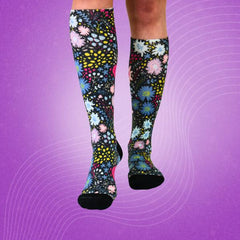
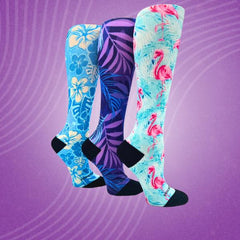
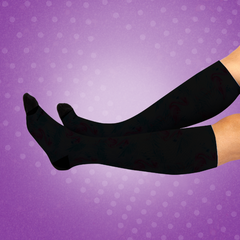

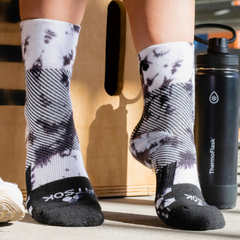
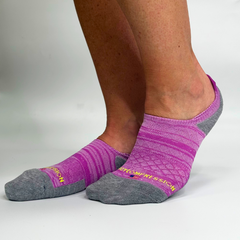












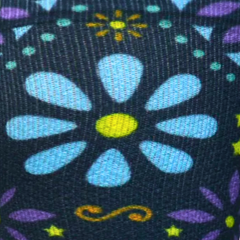

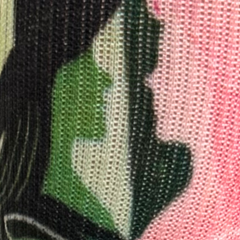
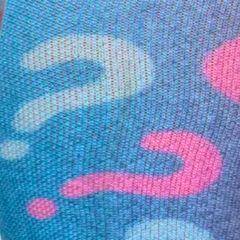
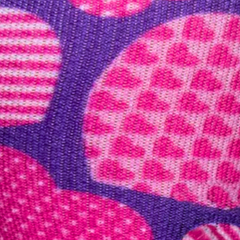

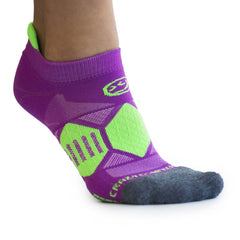

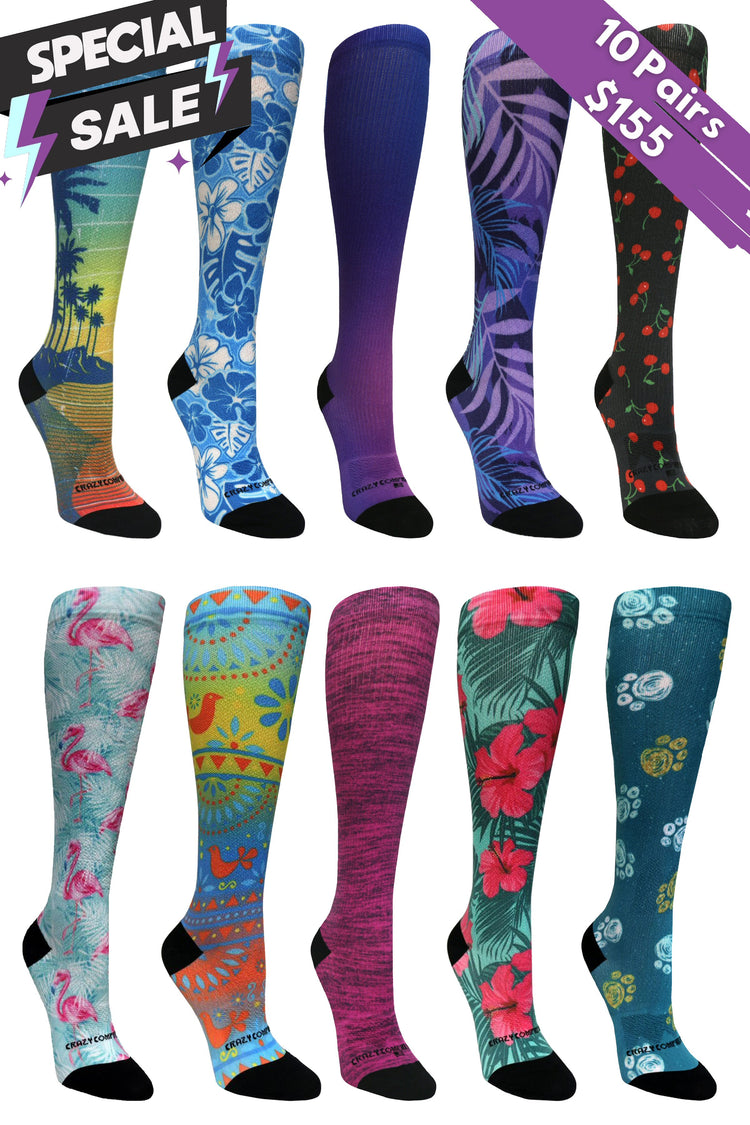


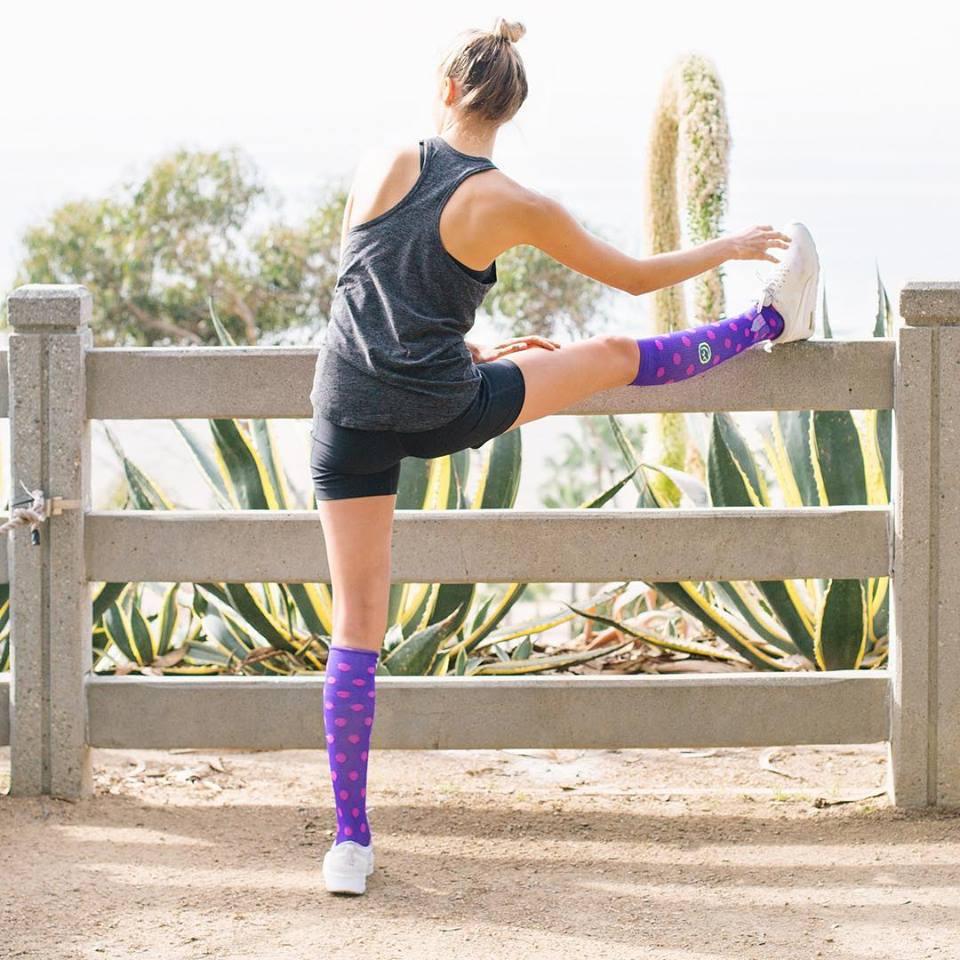


Leave a comment
This site is protected by hCaptcha and the hCaptcha Privacy Policy and Terms of Service apply.